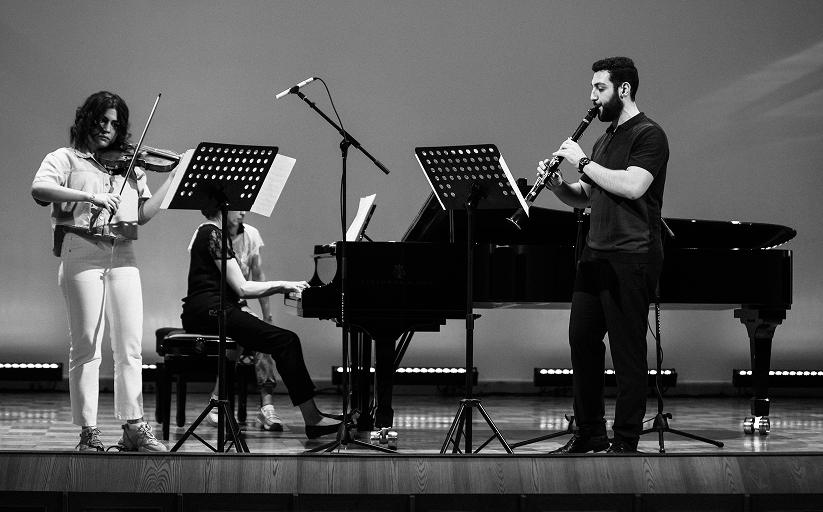ANNOTATION
Chamber-ensemble art plays a pivotal role in the education of any professional musician. In the education curriculum of future performing musicians, a significant amount of time is dedicated to studying the fundamentals of chamber performance and the distinctive features of ensemble art. Every musician performing in an ensemble must be capable of creative unity. Success of an ensemble depends on the active creative evolvement of all participants.
It is important to inspire musical partners with one’s own interpretive vision, or to accept their ideas if they are more compelling. To understand, perceive, listen to, and truly hear a partner—these are the qualities that lead to the most compelling artistic results. In all these aspects the teacher of the chamber-ensemble plays a key role. His or her knowledge and skills, as well as their human qualities, are of great importance in the chamber-ensemble class. Fine sensitivity and the understanding of psychological dynamics are also essential.
In I. V. Krasotina’s methodological manual The Art of Ensemble Performance: Questions and Answers, answers are provided to many questions related to chamber-ensemble performance. She cites an extensive list of curricula and methodological works on chamber ensemble written by renowned pedagogue-musicians, among them A. D. Gottlieb, K. K. Adzhemov, D. D. Blagoy, T. A. Gaidamovich, and A. Z. Bonduryansky. In this work, I. V. Krasotina presents her personal views, drawing on scientific theory, tradition, and her own pedagogical experience.
This methodological resource will support teachers in organizing ensemble classes more effectively and will also spark interest in ensemble art among young performing musicians.
The book was translated into Armenian with the generous support of Siranush Giricheva and her family.
"Education and child-upbringing, have been a lifelong passion for me, accompanying me throughout my life. Music is an essential part of my world and a constant source of inspiration. The Primavera Charitable Foundation’s project brings these two areas together: it helps young artists develop skills and supports those who have chosen the path of ensemble performance and teaching. I am happy to support this initiative and believe in its long-term impact for the Armenian music community."
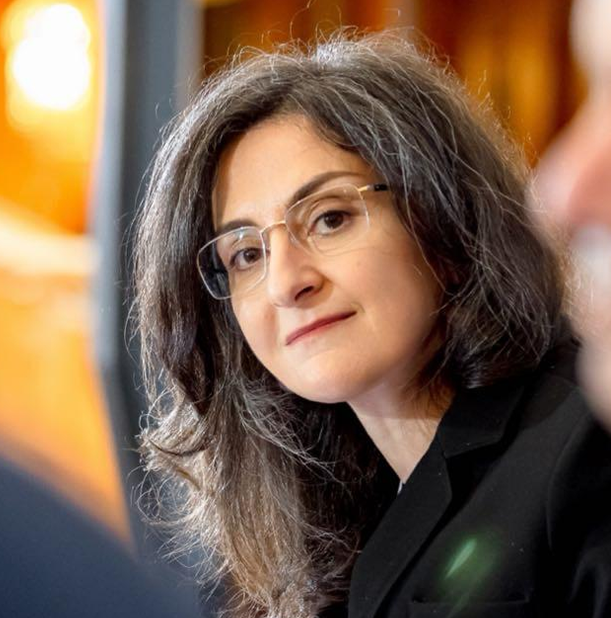
What Are the Challenges of Translating This Work into Armenian?
Nona Voskanyan
Translator, Musicologist
WHY CHAMBER ENSEMBLE MATTERS?
Friendship and communication of like-minded people are one of the most valuable moments in life today. And if it turns into creative friendship, it becomes doubly valuable. All this refers to the ensemble partnership, when several musicians become one "body, soul and emotion" on stage, conveying to the audience all the thoughts and emotions that united them and the author of the work.
We believe that chamber music is one of the most beautiful and sincere expressions of performing art.
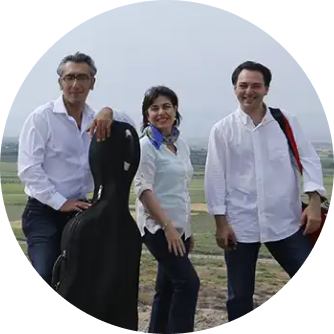
The chamber ensemble performing art in Armenia has been based mainly on the best traditions of Russian performing art. There are few methodological works in Armenian devoted to the issues of chamber ensemble performing. These are mainly A. Berberyan, A. Israelyan's "Methodological Manual for Teaching Chamber Ensemble" and several articles by the lecturers of the Chamber Instrumental Ensemble Department of the Conservatory. That is why the translation of I. Krasotina's "Ensemble Performing Art: Questions and Answers" methodological manual is interesting and important.
Having personally known Irina Krasotina and being interested in the master classes she conducted, I decided to participate in these works.
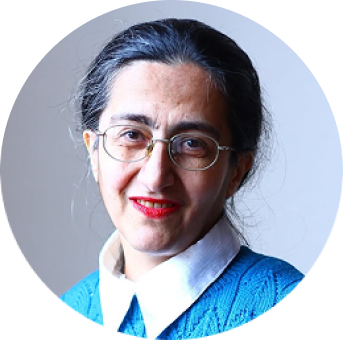
Կարծում եմ, որ անսամբլը դա մարդու անատոմիա է, մեկ սիրտ, ընդհանրապես մեկ մարմին բոլորի համար; արմունկի, դարաշրջանի, ոճի, ճաշակի զգացում, կոմպոզիտորի մտահղացման հնարավորինս առավելագույն փոխանցում, իդեալական միաժամանակ շունչ ու արտաշունչ, երաժշտություն և Պաուզաներ:
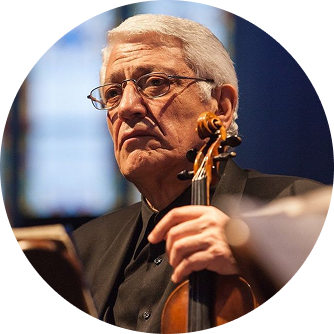
Կամերային երաժշտությունը մ առանձին աշխարհ է, որը հնարավորություն է տալիս ստեղծագործական համագործակցության և երաժշտության շուրջ բովանդակալից երկխոսության։ Երբ երաժիշտները միավորվում են ընդհանուր գաղափարի շուրջ՝ յուրաքանչյուրն իր հետ բերելով իր անհատական գույնը, գիտելիքներն ո պատկերացումները երաժշտության մեկնաբանման մասին: Կամերային երաժշտության հանճարեղ երկացանկում կան բազմաթիվ գլուխգործոցներ, առանց որոնց անհնար է պատկերացնել դասական երաժշտության հարուստ ուղին։ Այս ժանրին խորապես նվիրվելով՝ կատարողները զարգացնում են նոր հմտություններ և հնարավորություն են ստանում առավել ընդգրկուն կերպով ծանոթանալո կոմպոզիտորների ստեղծագործական ժառանգությանը, նրանց ոճին և գեղարվեստական ճանապարհին։

Education and child-upbringing, have been a lifelong passion for me, accompanying me throughout my life. Music is an essential part of my world and a constant source of inspiration. The Primavera Foundation’s project brings these two areas together: it helps young artists develop skills and supports those who have chosen the path of ensemble performance and teaching. I am happy to support this initiative and believe in its long-term impact for the Armenian music community.
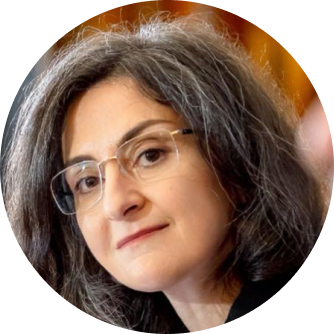
The Chamber Ensemble Toolkit is a guide for music educators and musicians, offering methodological insights and practical guidelines into the art of ensemble performance. It focuses on the issues of engaging artists into the chamber ensemble, repertoire choice, rehearsals technique, musical text reading challenges, the dramaturgy of musical dialogue, as well as means of musical expressiveness among others.
WHERE TOGET A COPY?
Check out if you can
get a free copy
click here
Buy your copy
in Yerevan:
Zangak Bookstore,
7 Abovyan St, Yerevan
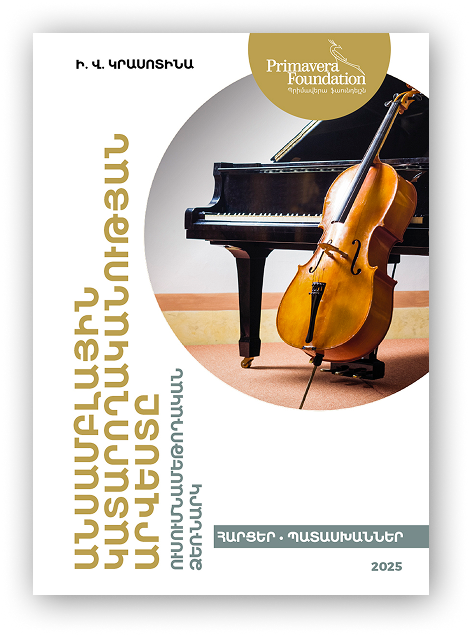
looking for additional materials?
Please see the Online video courses by Professor Irina Krasotina
Mastering Ensemble Performance. The Challenge Of Engaging Students INSIGHTS With Irina Krasotina
Mastering Ensemble Performance. Performing repertoire. INSIGHTS With Irina Krasotina
Mastering Ensemble Performance. Organizing a Rehearsal process. INSIGHTS With Irina Krasotina
Mastering Ensemble Performance. Challenge of a Score Reading. INSIGHTS With Irina Krasotina
ABOUT THE AUTHOR
Irina Krasotina
Irina Krasotina holds the Professor position at the P.I. Tchaikovsky Moscow State Conservatory and a Ph.D. in Art History. She is the Head of the Ensemble Department at Ippolitov-Ivanov State Musical Pedagogical Institute. Ms. Krasotina also received a Master of Spanish Music degree from the Marshall Academy (Barcelona), a class of the legendary Spanish pianist Alicia de Larro-cha.
Ms. Krasotina felt her passion for classical music when she was six and started her piano studies at seven. Her international performing career was launched after numerous Russian and international piano competitions. She was a laureate of international competitions in Italy (Senigallia, 1992; Ragusa, 1993; Trani, 1997), E. Granados Barcelona International Competition (Spain, 2001), A. Roussel Sofia International Competition (Bulgaria, 1996), D. Lipatti Bucharest International Competition (Romania, 1997) among the others. In many of those, she later served as a jury member.
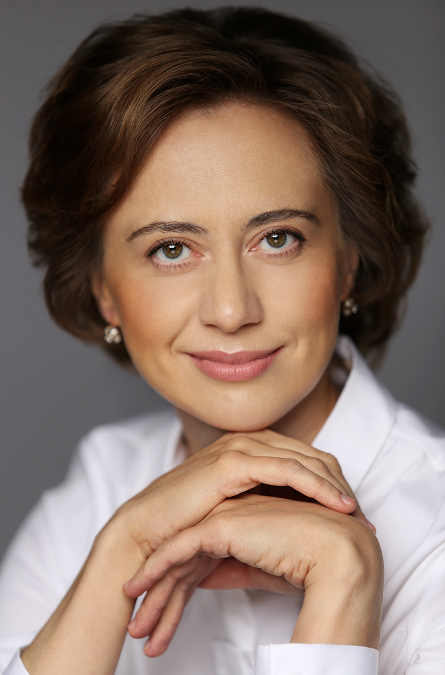
THE PROJECT
The entire Primavera Charitable Foundation team is beyond grateful to the Yerevan Komitas State Conservatory in Yerevan for the support of the project, and personally to:
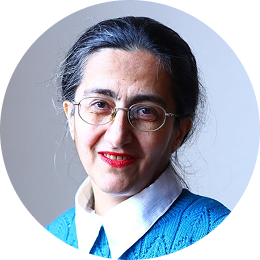
Gayane HovhannisyanChief Editor
the Editor-in-Chief of the Armenian edition, professor of the Chamber and Instrumental Ensemble Department of the Yerevan Komitas State Conservatory
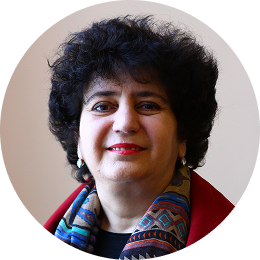
Nona VoskanyanTranslator
the translator of the Armenian edition, Musicologist

Narineh SahakyanProofreader
Editor of the Armenian edition, Musicologist, Candidate of Art History, Associate Professor

Mari MinassyanTranslator (Sheet Music)
the score samples translator of the Armenian edition, Accompanist at Yerevan Komitas Conservatory, Armenian State Pedagogical University after Khachatur Abovyan
Elena YakovlevaCo-Founder & Executive Director Primavera Charitable Foundation
Anna PronichevaProject manager
Viktorya SarkisyanAssociate Project manager
Yekaterina Svyatskaya,
Vardan DallakyanDesign & layout
HELP US TO DISTRIBUTE MORE FREE COPIES!
Free copies are available for music teachers, educators, students pursuing higher professional music education at Yerevan Komitas State Conservatory or at its Gyumri branch and performing musicians only.
9,900 ֏
